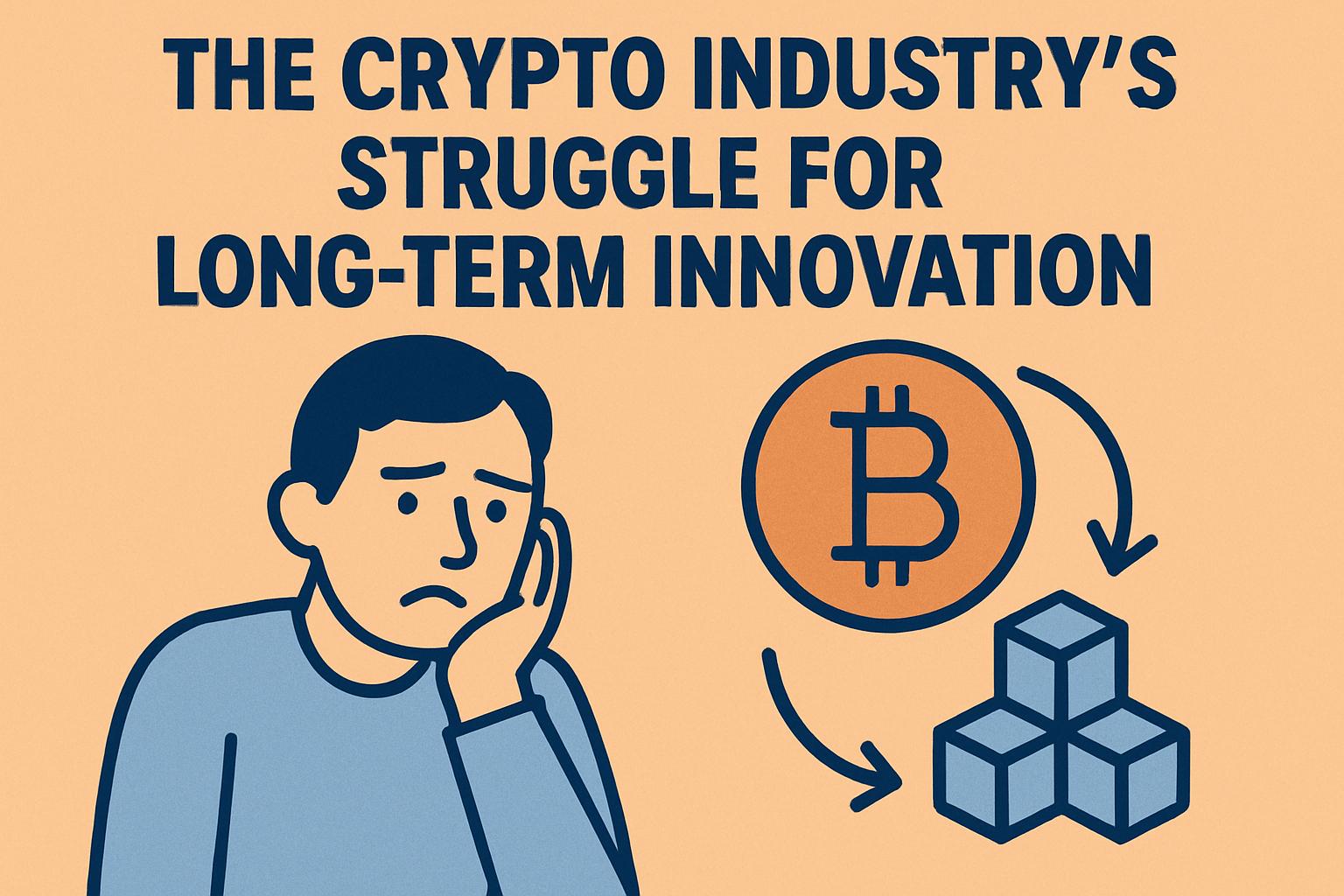Within the dynamic world of cryptocurrency, there exists an intriguing paradox: fleeting hype often outshines deep, enduring innovation. This narrative is illustrated by the industry’s continual shifts—from NFTs to DeFi, then AI agents, and currently, prediction markets. These pivots, ostensibly strategic, actually point to a deeper structural flaw. As attention and capital are magnetically drawn to emergent stories, the crypto landscape risks remaining perpetually poised on the brink of completion without ever fully realizing its potential.
The Eternal Shift: Chasing the Hottest Narrative
Rosie Sargsian from Ten Protocol has critiqued the crypto industry’s tendency to perpetually reinvent itself, highlighting a pattern where a team that developed NFT platforms in 2021 pivots to DeFi in 2022, embraces AI in 2023, and perhaps eyes prediction markets in 2024. This isn’t an isolated anomaly but a widespread trend among crypto startups.
Sargsian argues that this approach is oddly pragmatic, given that the ecosystem rewards the ability to adapt narratives rather than commit to enduring projects.
The 18-Month Cycle: A Symptom of Short-termism
Sargsian voices concern that crypto projects typically endure an 18-month lifecycle. The sequence follows a familiar pattern: narrative inception, influx of capital, team alignment, rapid development, loss of interest, and inevitable pivot.

This hyper-fast pace thwarts any real foundational development necessary to discover product-market fit, a process that requires three to five years of dedicated effort. In the crypto industry, if a project still focuses on ‘last year’s narrative’ after 18 months, it’s deemed obsolete.
The Sunk Cost Fallacy in Crypto
Traditional entrepreneurship warns against the sunk cost fallacy, which suggests abandoning pursuits that aren’t yielding results. However, in the crypto realm, this becomes a vicious cycle.
As soon as a project faces funding difficulties or waning user growth, it pivots to secure another round of investment. The dilemma for founders typically boils down to two choices:
- Option A: Persist with their current project for a few more years in hopes of eventual success.
- Option B: Pursue the latest trend, prioritize funding, and maximize immediate returns.
The market often rewards those who choose B, as the focus is less on completion and more on attracting attention with new beginnings.
The Paradox of Unlimited Potential
Interestingly, transformative innovations often emerge when no one is watching. Both Bitcoin and Ethereum were birthed in relative obscurity, devoid of venture capital or token incentives. Conversely, many projects riding the current wave vanish as soon as interest wanes.
A Culture Reluctant to Commit
According to Sargsian, the chronic failure to create lasting crypto products stems from misaligned incentives and a cultural aversion to long-term commitment. The token-based incentive structures promote liquidity and exits before products can mature.
Ultimately, the ability to cultivate lasting innovation in the crypto sector may rest on the self-discipline of project teams, given that current circumstances show no signs of change.

![[News] Bitcoin at a Turning Point? 10x Research Signals a Bullish Macro Shift Ahead](https://cryptoexplores.com/wp-content/uploads/2025/06/new20250616.jpg)
![[News] Binance Lists $HOME, the Gas-Free, Bridge-Free All-in-One DeFi App](https://cryptoexplores.com/wp-content/uploads/2025/06/news20250617.jpg)